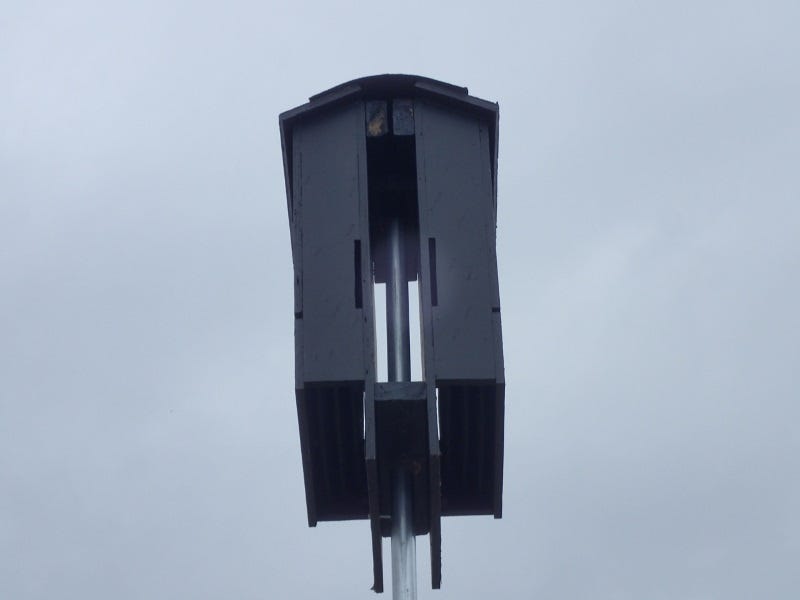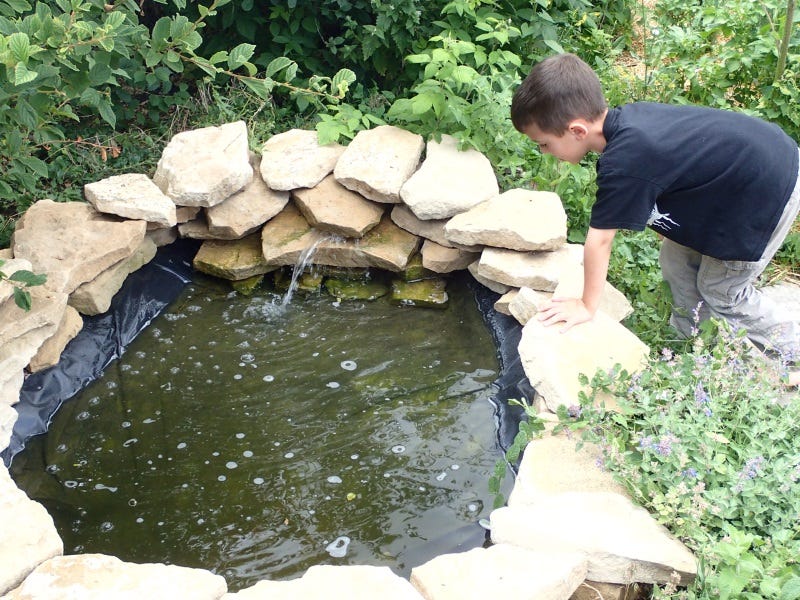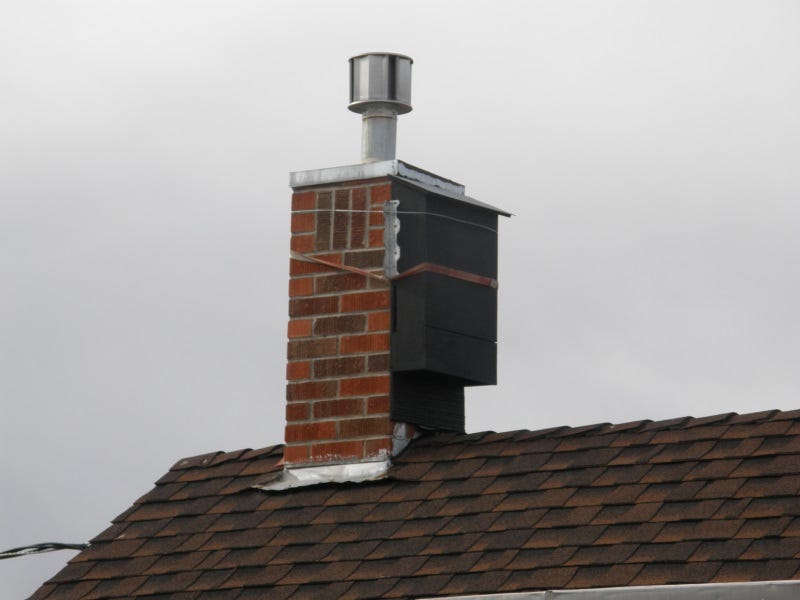Backyard Bat Houses: How To Keep Bats Near Your Home

 A bat house provides crevices for the bats to rest and roost.
A bat house provides crevices for the bats to rest and roost.As dusk settles on a warm summer evening and bats take to the sky for their nightly meals, my family loves to sit on the porch to see how many we can spot. Dipping and dodging, we can’t glimpse the insects in their sites, but we know they fill an important niche in the ecosystem, keeping insect populations in check.
Bats are renowned for their insect eating proclivities and that is not lost on Dan Bachen, senior zoologist at the Montana Natural History Program. “Primarily up here they eat insects, which is why they are absolutely important,” Bachen said.
In terms of agriculture, bats save farmers billions of dollars in pest control. In addition, many bat species hold imperative roles in pollination. For those reasons, and others, it’s not a pretty picture if bats are severely reduced or even eliminated in our ecosystem.
Unfortunately, the odds seem stacked against them; these delightful creatures are receiving pressure from two sides, which negatively affect their populations. White-nose syndrome, a fungus that rouses bats during their winter torpor, which uses up reserves and causes mortality, is devastating populations in the East.
Even though white-nose syndrome isn’t in the West, yet, except for an isolated case in Washington state, a steady progression across the country makes its presence here almost inevitable. For bat species not effected by the fungus, the boon of wind energy has created a lethal obstacle—many bats die in those whirling blades.
Creating a welcoming habitat with a cautious eye
With these two factors in play, it’s critical for homeowners to do what they can to help bats survive. By providing basic necessities we can offer bats a respite.
Some of you may say, “But what about rabies?” And I asked Bachen that same question. He said, “Every once and awhile we do find bats with rabies. If people find bats on the ground or acting weird, that’s a red flag.”
Do not touch a potentially sick bat. Call animal control to handle the situation.
 Water features are important for local bats.
Water features are important for local bats.Providing the basics
If you want bats around, you must supply their basic needs, meaning food and water sources. Insects are typically not a problem as most backyards have an ample supple. But Bachen cautions about using pesticides on the lawn and garden because that can transfer to insects and kill bats.
“If people are considering a certain application of pesticides,” Bachen said, “(they need to know) that can work up the food chain.” For that reason, keep pesticides to a minimum, which gives bats a chance to do what they do best—eat annoying insects.
Water is something we can give them, and is particularly critical in semi-arid regions of the West. And it doesn’t necessarily mean installing a large water feature. Bachen says the myotis bat, which is only the size of a thumb, doesn’t need a spacious area. “They fly down, get a mouthful and fly off,” he says. “They can probably drink from a bird feeder.”
Any water source you add is beneficial. “If there’s no water, they won’t roost,” he says.
 Bats fit in the tightest places. Photo courtesy of the Montana Natural History Program
Bats fit in the tightest places. Photo courtesy of the Montana Natural History ProgramGive them a place to stay
Many bat species are crevice roosters that search for niches in trees, rocks, and even the siding on homes. Bachen notes even large species can sit in a crack that is a mere 3/4-inch to an inch wide. Keeping large dead trees standing, as long as they don’t prove a hazard to your home and family, is a good way to give them a place to stay. However, for most homeowners bat houses provide the safest places for bats to roost.
Bacon recommends placing bat houses 10- to 15-feet high, either on the south or southwest side of a building, or perched on a tall pole so bats can readily see it. Trees are not a good fit because they provide too much shade, plus they are an invitation to predators looking for an easy meal.
Bachen recommends having the bat house installed before the bats come out of their winter torpor. He says, as the bats fly at night they cover a significant amount of ground, upwards of 10 kilometers for even small species, so they look for places to rest. Don’t expect colonies to immediately set up residence in your bat house since it could take some time before they recognize it as a safe, viable roost.
 A bat house on a chimney. Photo courtesy of the Montana Natural Heritage Program
A bat house on a chimney. Photo courtesy of the Montana Natural Heritage ProgramKeeping them out of the attic
Setting up a bat house also might help keep the bats out of your home, which is a favorite spot for them, particularly for maternal colonies. Bachen says there’s a reason bats seek the warm protection of attics and other parts of a building.
“Bats use the temperature of the environment to try to save energy,” he says. With a body temperature of around 100 degrees, it’s easier for bats to conserve resources in the warmer months when they are situated in an attic that is around that same temperature as their bodies.
If bats have been a problem in your home, after making sure there are no stragglers in the fall, seal up any cracks or crevices where they might find their way indoors. And install a bat house outside to give them a better option.
 A bat house provides crevices for the bats to rest and roost.
A bat house provides crevices for the bats to rest and roost.Enjoy them every season
Like the return of robins acting as a sign of spring, the emergence of bats says summer is here. After spending months in a torpor, similar to grizzly bears, where all their bodily functions slow dramatically, it’s time for them to clean up the sky of insects.
Once bats gain trust in your bat house, you could see the same bats for a long time—Bachen says last year, during a field study, researchers found a tagged bat, which died of old age, at 28 years old.
“They are incredibly long lived for their size,” Bachen said.
Conservation for the long haul
Installing a bat house provides summer evening entertainment and helps cut down on the neighborhood bug population. In addition, creating a house means you’re doing your part to persevere this misunderstood, but highly important animal. Before the weather warms, take a look at your property and find the best place for the “Bats’ Motel” to be.
While most of us simply enjoy watching bats, we need to help them survive, and these spring months, before the bats take to the sky, is the time to do just that.
